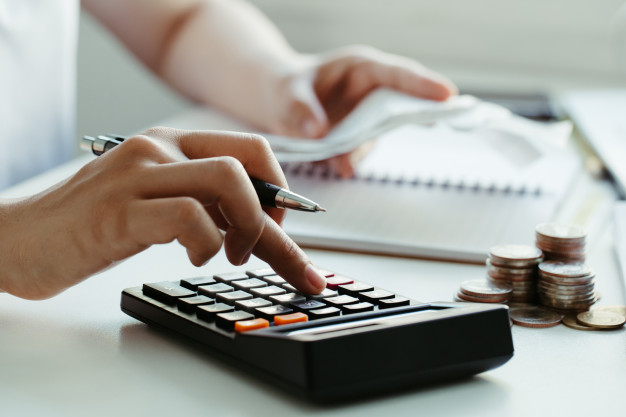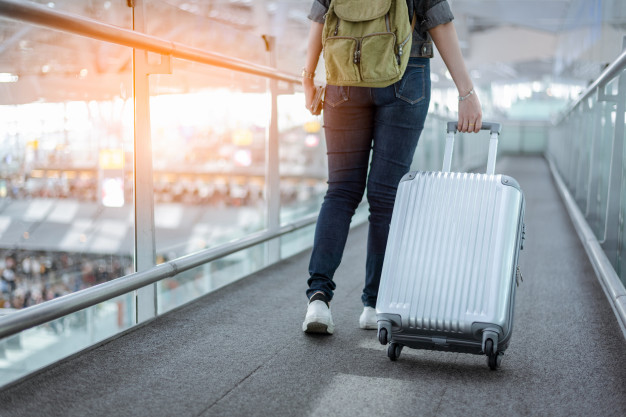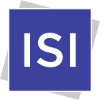
As we strive to maintain our emotional wellness throughout the pandemic, it’s important to look at various ways we can improve our wellbeing. One notable component to focus on is getting a good night’s rest. Lack of sleep can lead to several issues and impact both our mental and physical health. Without adequate sleep, we may experience symptoms such as increased anxiety, depression, irritability, issues with memory retention, and increased fatigue. We also see physical impacts such as a weakened immune system, weight gain, and other medical conditions such as heart disease, high blood pressure, and diabetes.
While it’s been noted that more than 70% of college-age students suffer from a lack of sleep, evidence suggests that poorer sleep quality is more present now than before the pandemic. Causes of poorer sleep quality can be attributed to less of a distinction in routine and increased anxiety. Multiple studies suggest that as students were isolated, many of the day-to-day tasks such as school, work, exercise, eating, and sleeping were taking place in the same space and dissolved a sense of routine.
The issues that college students are facing throughout the pandemic, such as an adjustment to online learning, have been challenging for all but taken an even greater toll on international students. International students that returned to their home countries faced the increased challenge of attending classes in different time zones. Given that 60% of the international student population in the United States comes from China, India, and South Korea, those that returned home are taking classes in the middle of the night, leading to the inevitable lack of focus and concentration and overall poorer academic performance.
The altered class schedule affecting sleep patterns in many international students can be seen as an additional factor in contributing to poorer mental health compared to that of domestic students. International students have also faced additional anxiety-inducing situations this past year. Unfortunately, poorer sleep quality only exacerbates these additional stressors. So, the question is, what can be done to help?
Provide students with asynchronous learning activities
Having live classes that meet at specific times undoubtedly makes it challenging for international students in different time zones to stay engaged and attend. Adapting to an asynchronous style of teaching will help alleviate stress in many ways. This will allow students to stick to a more normalized sleep schedule. Students also can learn at their own pace, such as rewatching material by making recorded lectures available. Additionally, many virtual platforms such as zoom, also have automated captioning available making it even more beneficial for students where English is their second or even third language to comprehend the material.
Other types of asynchronous learning can be conducted through discussion boards, and allow for reading and writing assignments due on a certain date, but done at one’s own pace. This allows students to keep a somewhat normal sleep schedule, along with being able to participate in other important activities that stimulate mental health such as meals with family, synchronized routines with others that they may be living with, etc.
Be aware of the time zones, weekend days, and holidays of your students

International students studying at home may have different weekend days than in the US, in addition to different holidays and of course, a different time zone. By familiarizing yourself with what’s going on in your students’ home countries, you can try to adapt their assignments accordingly. If you have multiple students studying from the same country, organizing a social hour in their time zone can increase feelings of inclusivity and belonging, in addition to accommodating their sleep schedule! Being aware of students’ schedules and making an effort to adapt where possible, can promote a deeper connection and understanding with students, making them feel less isolated and alone.
Encourage creating new routines
If it is necessary for students to attend classes during the evenings or at night, creating a new routine and new habits are necessary. Encourage students to pick a bedtime they can stick with, in which they are going to sleep and waking up at the same time each day. Emphasize the importance of at least 7 – 9 hours of sleep in addition to aligning sleep as close to being awake in hours of daytime or sunlight and asleep in hours of nighttime or darkness, as possible. Creating an environment conducive to sleep, such as creating darkness to sleep, is also helpful.
Underline the importance of sleep and provide resources
Educate students on the importance of getting adequate sleep and its close ties to cognitive function and overall improved academic performance. It’s important to provide students with resources such as meditation and relaxation techniques, which not only helps foster sleep but also assists in the relief of anxiety and depression. Many colleges and universities have released content surrounding this with suggestions and tips such as trying a sleep app, keeping a sleep journal, along with various relaxation and breathing exercises. The University of Minnesota has done great work in educating its students on the importance of sleep and released a series of on-campus initiatives. If you’re interested in including more resources on sleep for your students, some great places to start are:
https://www.sleepfoundation.org/
The sleep foundation is a go-to source for trustworthy sleep information. The site features a medical board, extensive articles based on sleep science, and comprehensive reviews of different sleep and wellness products.
The American Academy of Sleep Medicine is dedicated to promoting discoveries that advance the understanding of sleep for healthier lives, including articles, studies, opportunities to volunteer and participate in furthering sleep education, along with other valuable resources to share.
https://www.sleepassociation.org/
The American Sleep Association, with a mission to help increase the awareness of the importance of sleep and the harmful effects of sleep disorders.
https://www.nhlbi.nih.gov/health-topics/publications-and-resources
The National Heart, Lung, and Blood Institute, which develops materials and resources for both health professionals and consumers.
References:
Zara Abrams “Growing concerns about sleep” 2021. [online] apa.org. Available at: https://www.apa.org/monitor/2021/06/news-concerns-sleep [Accessed 10 August 2021]
Grant Benham “Stress and sleep in college students prior to and during the COVID-19 pandemic” 2020. [online] onlinelibrary.wiley.com. Available at: https://onlinelibrary.wiley.com/doi/10.1002/smi.3016 [Accessed 10 August 2021]
UMD Health Services “Sleep Education & Initiatives” 2019. [online] unm.edu. Available at: https://health-services.d.umn.edu/health-education/sleep-education-initiatives [Accessed 9 August 2021]




 or
or 


















Recent Comments